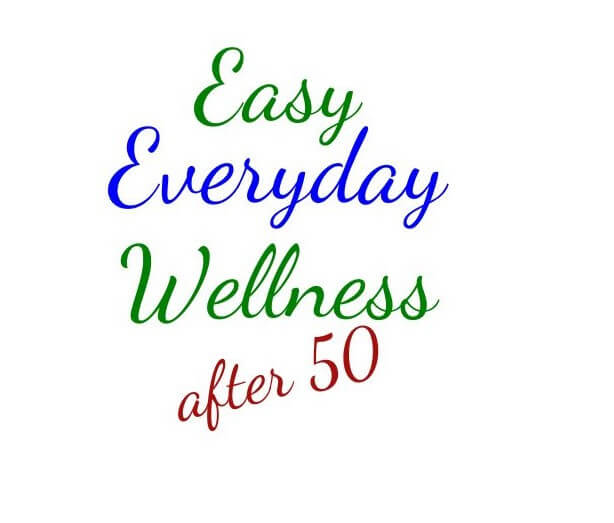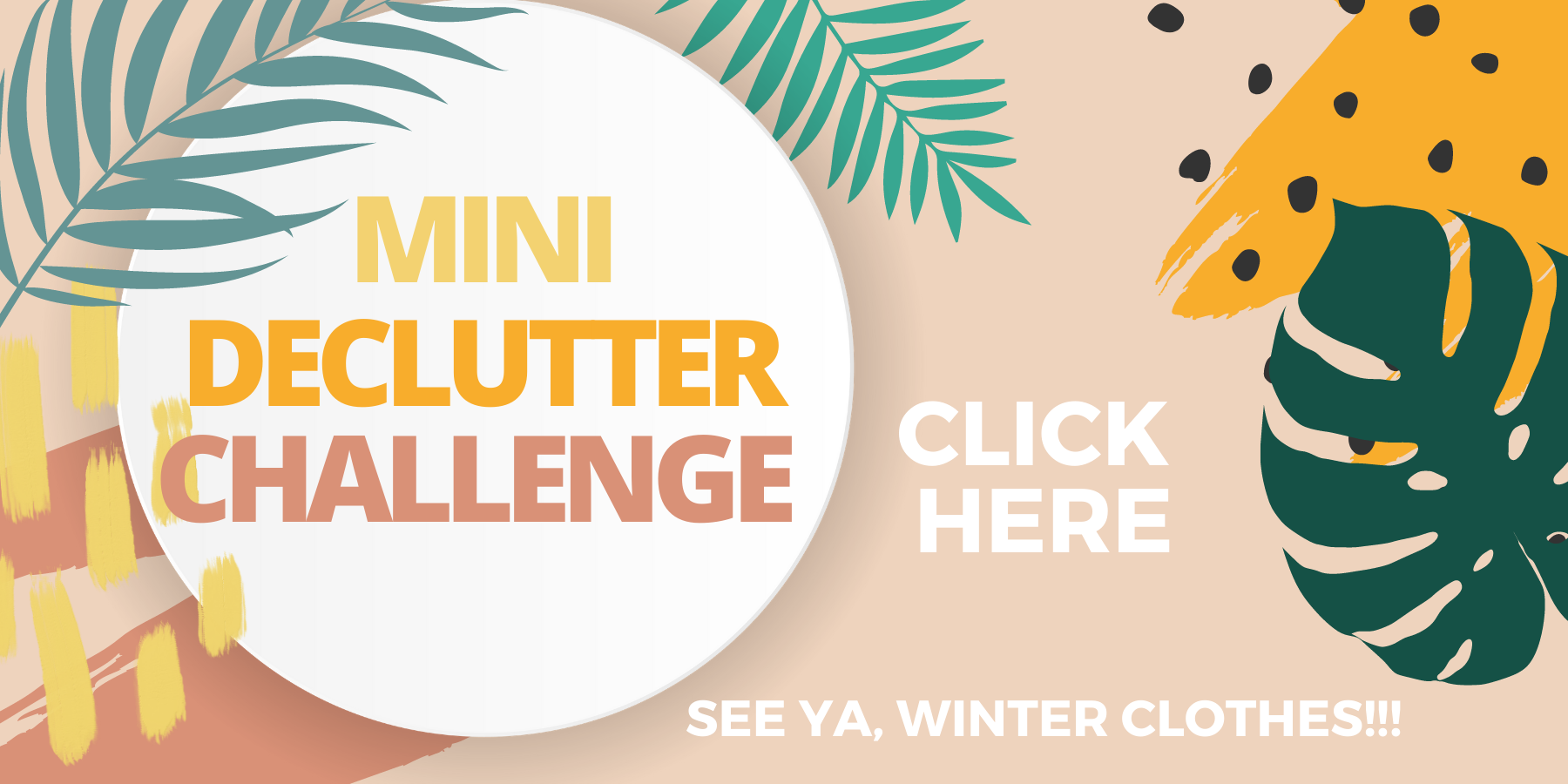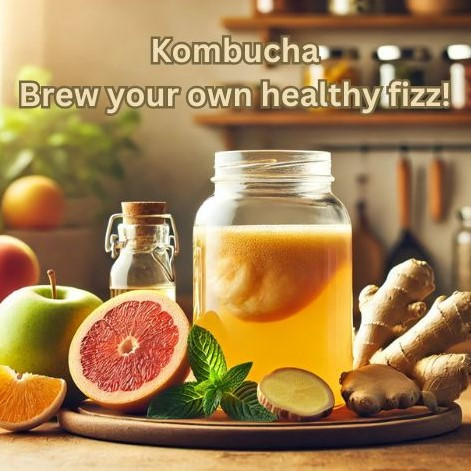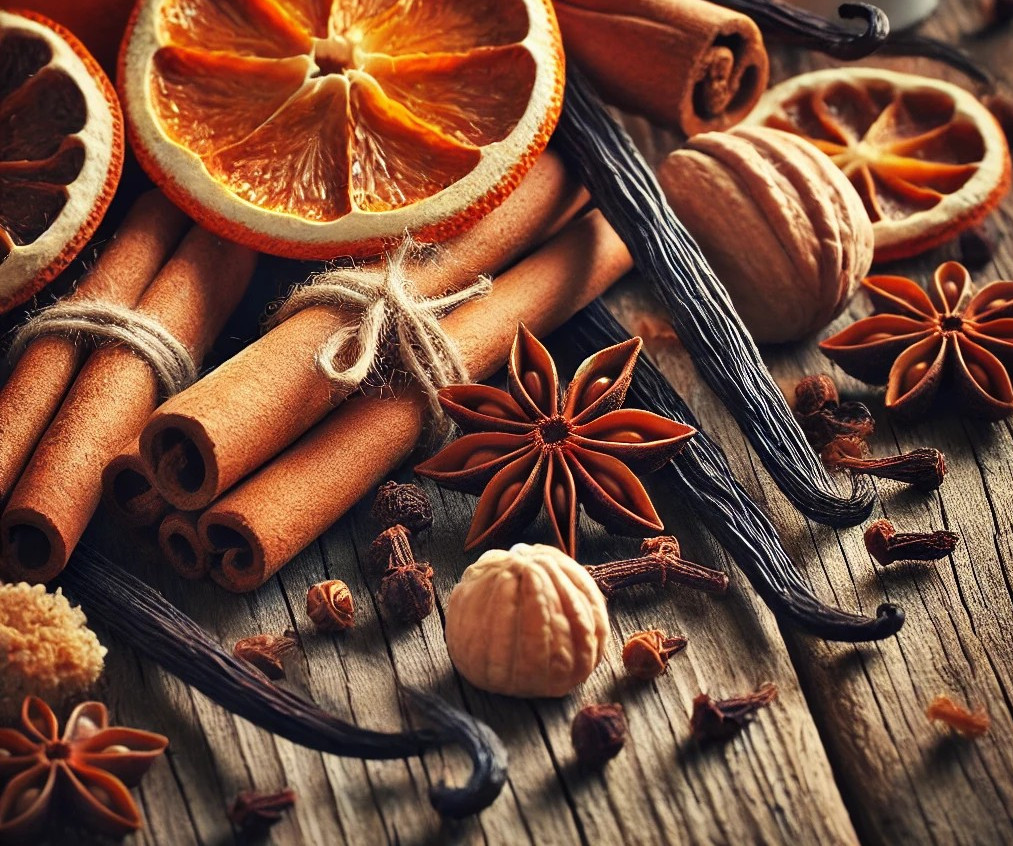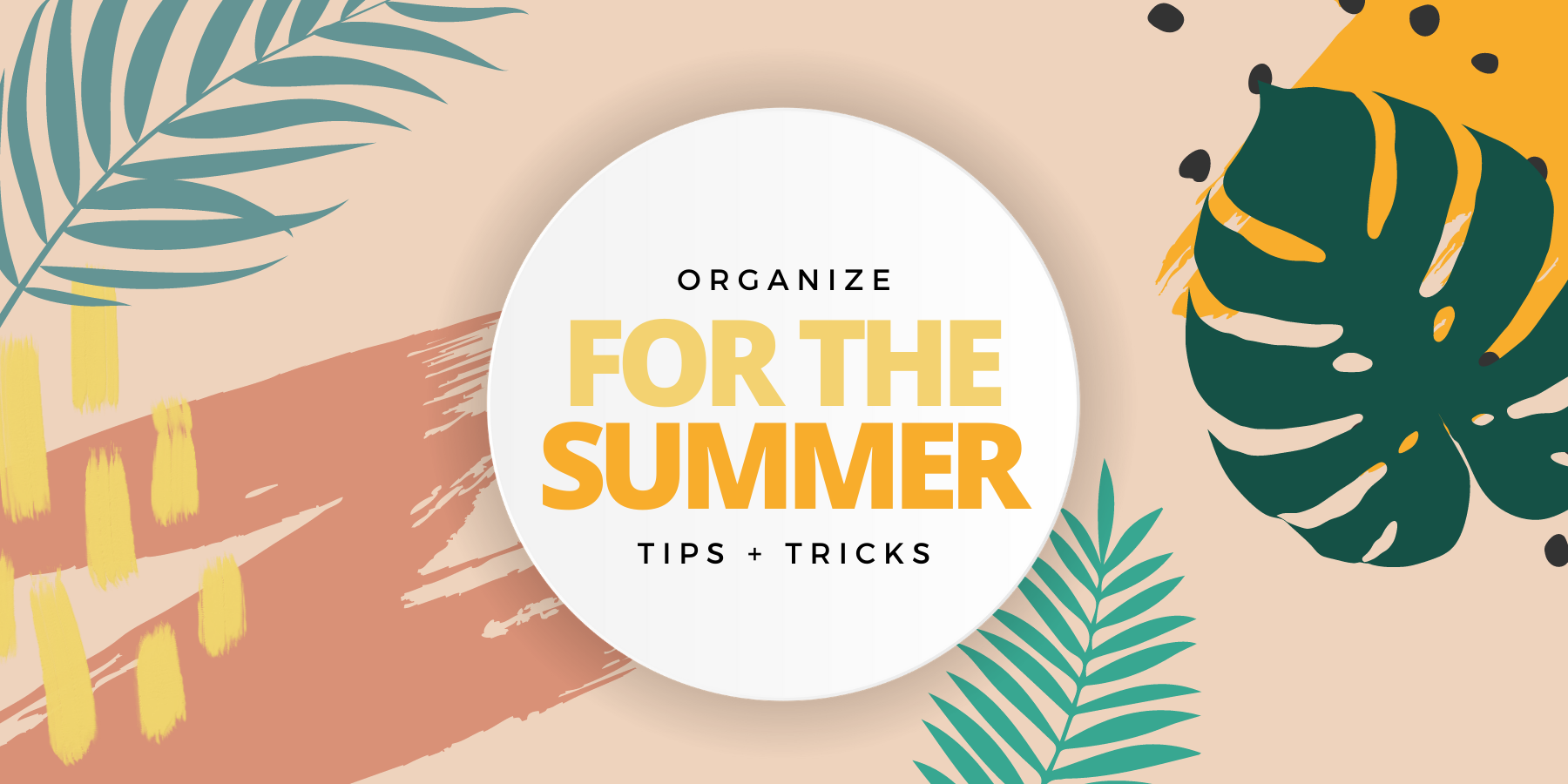
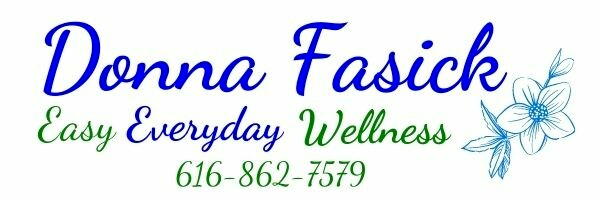


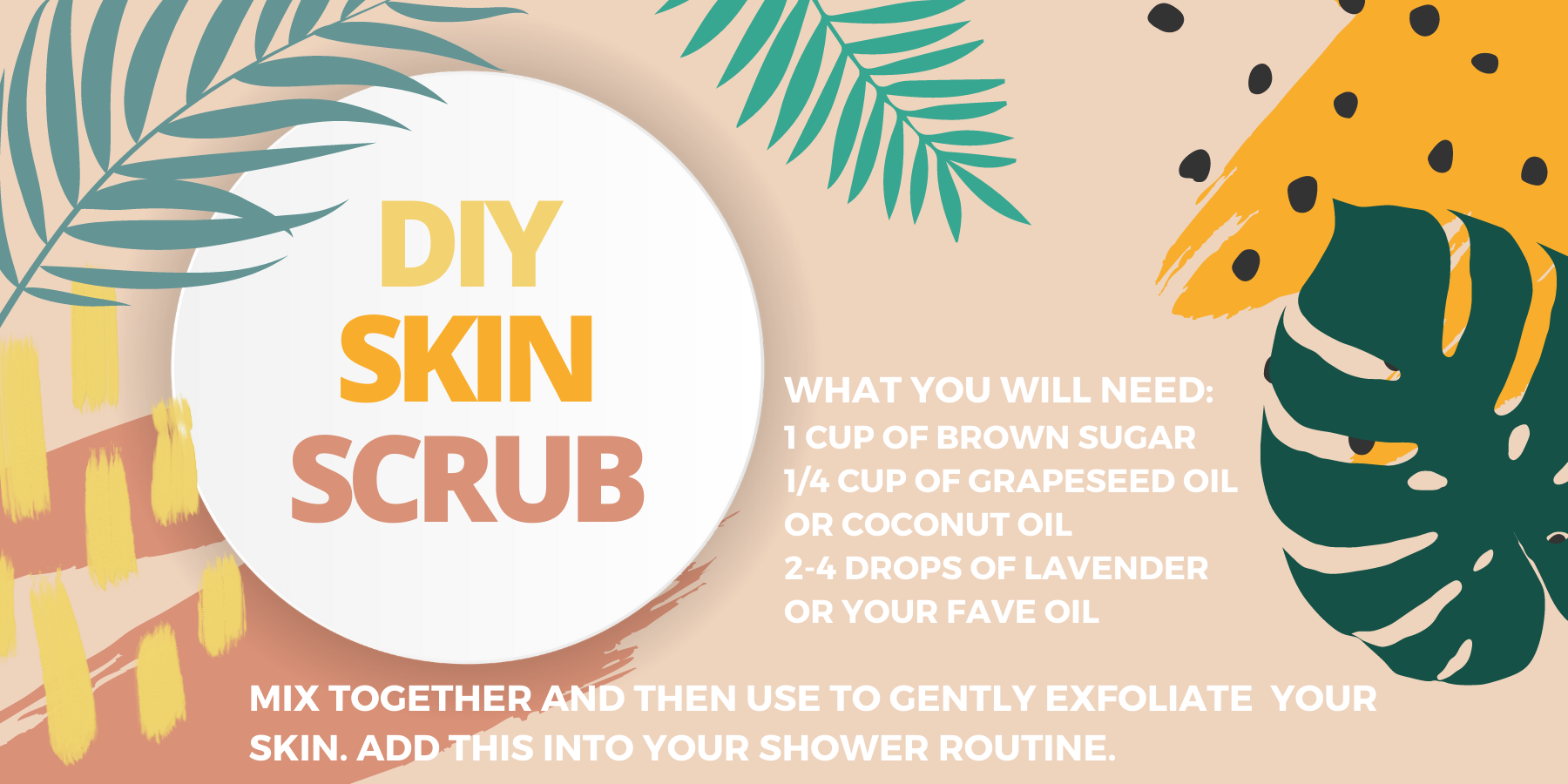
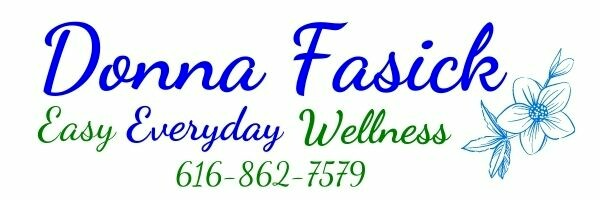








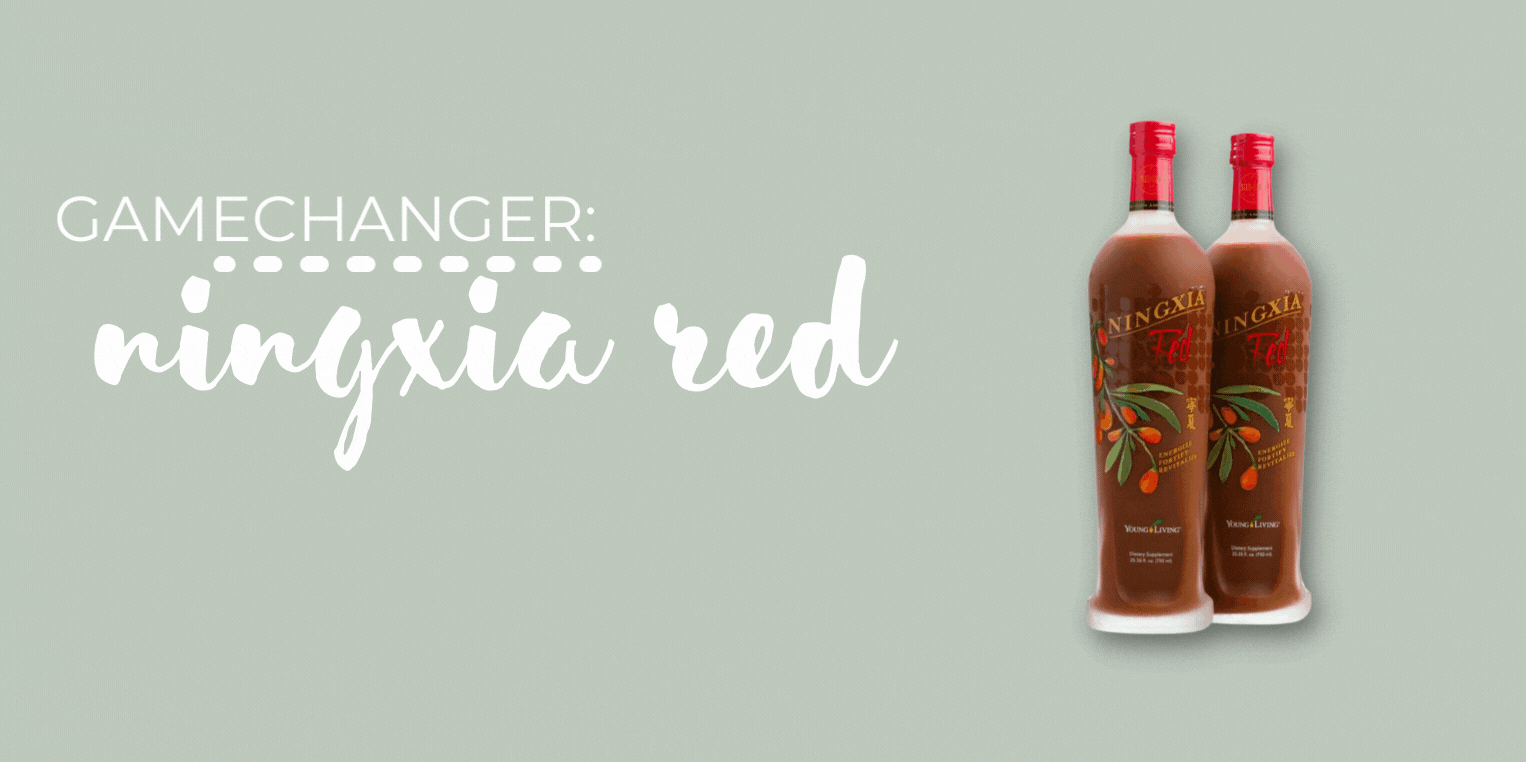
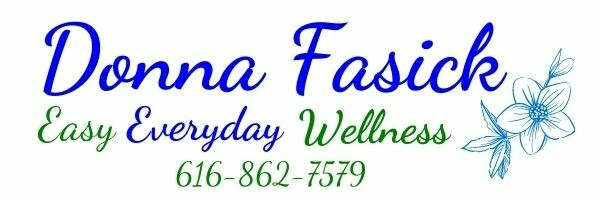
- You wake up and are unable to function without a significant amount of caffeine.
- You finally feel a boost of energy during the early part of the day.
- Then your energy levels crash around 2 p.m., rise around 6 p.m., and fall again around 9 p.m.
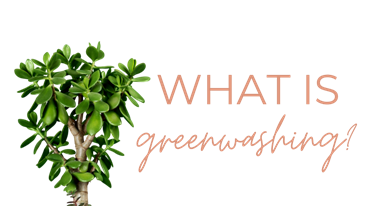
Noun
- disinformation disseminated by an organization so as to present an environmentally responsible public image.
Greenwashing is when companies mislead consumers by claiming that their products are safe, non-toxic, eco-friendly, and natural when in reality they are NOT.
If you see some of these terms on the front label of a product, it is the perfect time to flip that bottle over and read those ingredients! A lot of these terms are unregulated and can be used by anybody with no real meaning:
- Botanical
- Chemical-free
- Dermatologist recommended
- Earth-friendly
- Extracts
- Gentle
- Green
- Herbal
- Mineral
- Natural
- Naturally essenced or fragranced
- Oil-free
- Organic
- Plant-based
- Plant-derived
- Pure
- Raw
- Sensitive
- Sulfate-free
Courtesy of momscleanairforce.org
1. Start With the Ingredient Label.
If no ingredients are listed anywhere on the package, that’s your first sign of deception. Every single product should share its ingredients. Only companies who have something to hide will keep ingredients secret. They may hide behind “trade-secret laws” (yes, I’m talking to you, fragrance and household cleaners), but the truth is that if they won’t share what’s in the formulation, then you should think twice before purchasing the product. You have a right to know what’s inside, and you should be able to access that information right at the point of purchase.
And while we’re looking at formulations, glance at how long the ingredient list is and whether or not you understand everything on it. Laundry lists of chemical names, trademark signs, or alpha-numeric ingredients means there’s a good chance the product contains synthetic ingredients and chemicals that have gone through extensive processing. Better to put that one back and opt for something simpler and more natural.
2. Read Between the Lines: Understanding Terminology.
There are a few terms that are commonly mistaken as legitimate claims for better products but are actually only marketing terms. Words like “green”, “eco” and “clean” actually aren’t regulated the way “organic” is, for example, and each needs a further review. Start with the tips listed above in cross-checking these claims with the actual ingredients.
You can also take a look at the company and see if they have a banned substances list on their website. How robust is it? What else do they do around being green or sustainable? What’s their packaging like? Do they participate in 1% for the Planet or another give-back program? These details can tell you a lot about who a company is, and whether or not to trust their marketing claims.
Be wary of “plant-based” claims. It can mean that the ingredients once came from plants, but were brought to a lab where they were put through highly chemically intense processes, and may now even contain genetic engineering or synthetic biology. Just because something is plant-derived doesn’t make it natural.
3. Steer Clear of Anything That Stinks!
Avoid the terms “fragrance”, “scent” or “parfum/perfume”, which are actually just umbrella terms for what can be hundreds of undisclosed ingredients that make up a single fragrance. What’s worse, many of those secret ingredients have nothing to do with fragrance, but can include harsh chemicals, preservatives and other ingredients that serve to fill the product.
4. Don’t Be Duped by Single-Chemical Claims.
When you see single ingredient claims—think “BPA-Free”, “Phthalate-Free”, “PFOA-Free”, etc. – it’s worth probing a little further. That single claim doesn’t tell you much, given that it’s only one out of over 85,000 potential ingredients in use in consumer products. Turn over the package and read the rest of the ingredient list. You may find that one hormone-disrupting chemical like, BPA, or bisphenol-A, may have been swapped for BPS, or bisphenol-S, a similar chemical thought to be even more harmful to children’s health. Researchers call this a “regrettable substitution” – when one chemical is banned, only to be replaced with another chemical just as harmful, or potentially worse.
5. Look for Independent Third-Party Certifications Instead.
This means that an organization or some other body, independent of the company, has assessed the product. You may be familiar with big ones like USDA Organic or the Non-GMO Project. But there are many more specific ones, like MADE SAFE for nontoxic products, or Fair Trade for worker protections, or OEKO-TEX for fabrics.
Be wary of companies that make their own certification, like emblems, that don’t have any true meaning behind them. It’s the accountability in a third-party certification that helps ensure the brand is doing what it claims to do. You want to trust those legitimate certifications that have real programs and scientific method and/or rigorous programs behind them.
6. What is the Price Point and Can it Tell You Anything?
Unfortunately, it’s often an unavoidable truth that better ingredients tend to cost more, which means the product can sometimes be more expensive. So if a product claims to be made with only good ingredients and yet is ultra-cheap, look a little deeper. Sometimes, these products have taken short-cuts or are filled with inexpensive synthetic ingredients that don’t always serve a purpose in the end product. Instead, we suggest buying better products from companies you trust and/or are certified, even if the cost is higher.
You can offset cost by using fewer products. We often don’t need half the products we have, although we’ve been marketed to so that we think we need them. It’s worth evaluating what’s in your cabinet, and seeing what you really need and what you might be able to stop spending money on.
7. Get to Know the Companies You Buy From.
Check them out. How do they treat their employees? Where do they source ingredients, and are they transparent about it? Do they have a their banned substance list? Who do they support with their work? Do they do more than just sell? All of these things can tell you a lot about what a company stands for and who makes the decisions about how to interact in the world, and whether they’re one you want to support with your dollars.
I know it’s hard to know which products are safer. That’s largely thanks to a lack of viable legislation in this country to regulate what goes into the products we use in our homes and on our bodies, and what labels can legally claim. Until the laws are comprehensive and enforced, we need independent, uninfluenced third parties who can help consumers navigate the free-wheeling world of claims. And in the meantime, you can implement these seven easy strategies to avoid being greenwashed!




1. Control Stress
Stress can devour a large amount of our energy on a daily basis. Talking with someone, like a trusted friend or family member, or maybe even joining a support group (virtual or in-person) can help you deal with what is stressing you. There are also plenty of types of relaxation therapy, such as yoga and meditation, that can help reduce stress.
2. Lighten your Load
One of the main reasons that we become fatigued is the demands in our daily life. We tend to “overwork” ourselves, whether it be due to professional, family, or social obligations, we seem to think that we need to “do it all”. We need to try to streamline our “must-do” lists and focus on the most important tasks in our lives.
3. Exercise
Exercise helps by giving our cells more energy to burn and circulates oxygen, which in turn will help us sleep more soundly at night. Exercising can even help our mood by elevating our brain’s dopamine levels, which additionally helps control our stress and anxiety levels.
4. Use caffeine wisely
This may seem like an obvious choice when talking about fatigue and boosting our energy, but it should be used wisely. Caffeine may cause us to lose sleep or have insomnia, especially if large amounts are consumed too close to bedtime.
5. Drink water
Water is very important to our bodies for many reasons, including reducing fatigue. A lack of water can cause our bodies to experience fatigue or low energy, as it tries to function without enough water.
Don’t let fatigue win. Get out there and use the suggestions above to get the most out of the energy you have and enjoy your “golden years” like a youth.


“Stop slouching!” or “Sit up straight!” We heard that all the time growing up from our grandmothers and our mothers. They would warn us that as we aged, if we continued to sit like that, we would have a hump like the hunchback of Notre Dame. They weren’t entirely wrong, but they weren't entirely right either and here’s why.
Osteoporosis is a bone disease that occurs when the body loses too much bone, makes too little bone, or a combination of both. This results in our bones becoming weaker as we age, causing them to sometimes break following a fall or even a minor bump.
The hump that they were referring to is often called a “Dowager’s Hump.” This occurs when the vertebrae become wedge-shaped, which in turn creates the pronounced curve in the upper back. Osteoporosis helps to weaken the vertebrae, allowing them to make this change in shape. Here are ways that Dowager’s Hump can be prevented:
- Increasing our calcium intake
Pre- and post-menopausal women should increase their daily intake to 1,800 milligrams per day. This can be done by increasing calcium rich foods, like dairy products and salmon. Check out this post for more information.
- Exercise
Dr. Wilson suggests doing 3 sets of the following exercises: Chin tucks, Scapular squeezes, and push-ups into a corner of a room or through a doorway. This will help strengthen the upper back muscles.
- Healthy diet
Making sure that our diets are filled with fruits and veggies can help. It’s also wise to steer clear of soda, as the phosphoric acid in some sodas can have a negative effect on bone density. Be sure to check out my previous post about Nutrition for Women after 50.
Our grandmothers and mothers were also right. Correcting our posture will also help to prevent Dowager’s Hump. So,
Sit up straight! Your back and neck will thank you for it!

